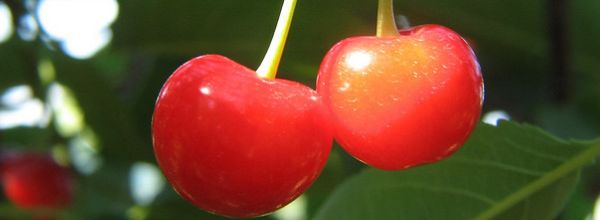While working as biologists, we often come across mixtures of compounds, and the first question that strikes our minds is ‘what are the components in this mixture?’ One might think of using chemical assays to find the presence of specific compounds. But that sounds painful, doesn’t it?
Well, the good news is that thin layer chromatography (TLC) can not only separate the components from a mixture easily, but can also help you determine the identity of the compounds (by using developing reagents and Rf values) within a brief period of time.
Some of the remarkable uses of thin layer chromatography in the field of biology are as follows:
Detection of a Particular Compound Present in a Mixture
Biologists often carry out extraction of compounds from plant, animal or microbial sources, which usually gives a mixture of compounds. Your primary aim after extraction would be to detect the presence of your compound of interest. If you have a standard (pure form of the compound), you can use TLC to look for your compound by running the standard and extract together, and checking if their Rf values match.
Enjoying this article? Get hard-won lab wisdom like this delivered to your inbox 3x a week.

Join over 65,000 fellow researchers saving time, reducing stress, and seeing their experiments succeed. Unsubscribe anytime.
Next issue goes out tomorrow; don’t miss it.
Establishing that Two Compounds From a Different Origin are the Same
Similarly, you can run samples from different sources together to determine if both compounds are actually the same. Again, identical Rf values would be the key.
Determining the Number of Compounds Present in a Mixture
If you run TLC using a mixture of compounds, you can separate them as well as detect the number of compounds present in the mixture. You can use the number of spots developed on the TLC plate to approximate the number of compounds in the mixture.
Choosing the Appropriate Solvent for Column Chromatography to separate compounds
You can use TLC to test different solvent systems for your compound of interest to help determine the solvent you should use for column chromatographic separation of that compound. The solvent system that gives the best resolution during TLC can also be used to purify the compound using column chromatography.
Monitoring Reactions
You can monitor the progress and rate of reactions by performing TLC of the reaction samples at particular intervals. For example, while performing biotransformation of compounds, you can collect reaction mixtures at different time intervals and use TLC to monitor the conversion of the reactants to products.
Monitoring Column Chromatographic Separations
You can test the efficiency of column chromatographic separations by obtaining samples of the purified compounds and performing TLC. For example, if you are trying to purify a pigment from an extract using column chromatography, you can analyze different elutions for purity using TLC.
Wish to Enhance Your TLC Results? Go for HPTLC (High Performance Thin Layer Chromatography)
HPTLC is a variant of TLC that uses an automated sample application machine. This ensures proper sample application while also stringently applying an equal quantity of the sample during each experiment. The automation helps you obtain better resolution.
Given these uses, TLC does prove to be a nifty analytical technique in the field of biology. So start using TLC and minimize your efforts. Stay tuned for more information on troubleshooting TLC that I’ll be writing in my next article.
You made it to the end—nice work! If you’re the kind of scientist who likes figuring things out without wasting half a day on trial and error, you’ll love our newsletter. Get 3 quick reads a week, packed with hard-won lab wisdom. Join FREE here.







